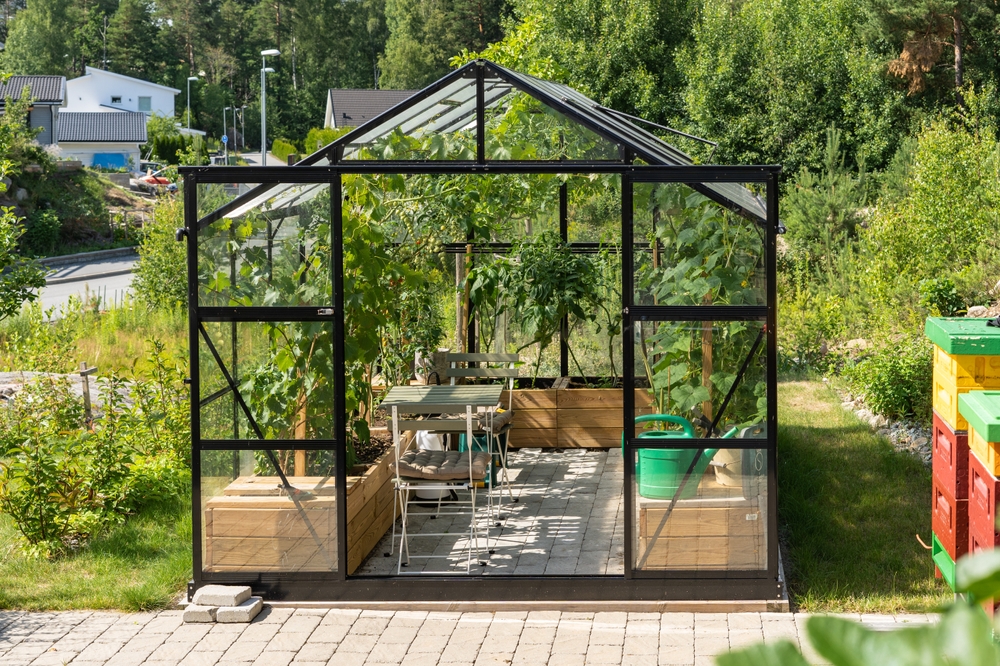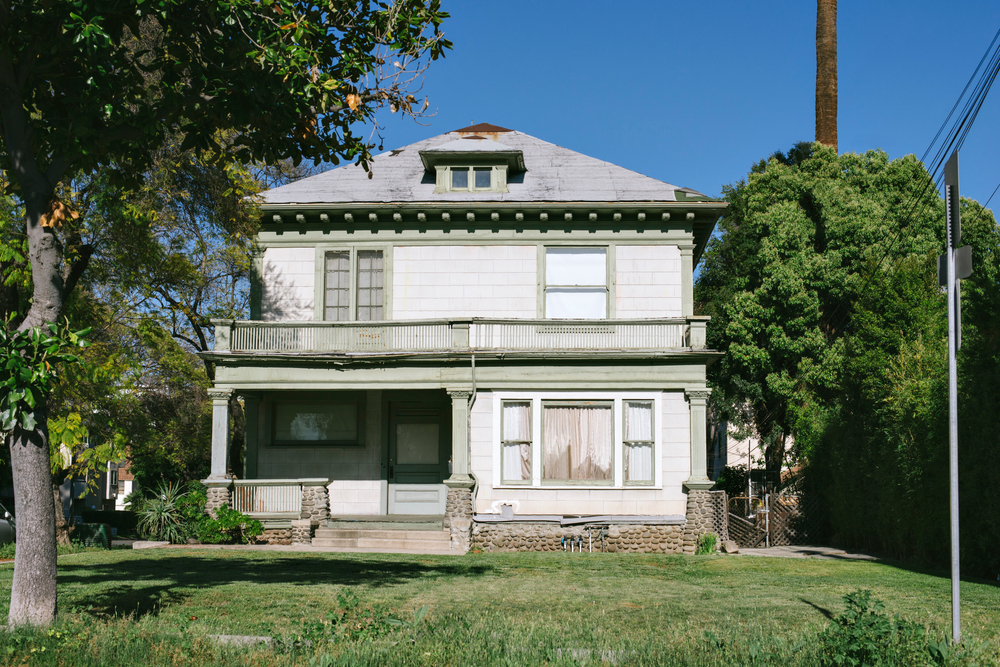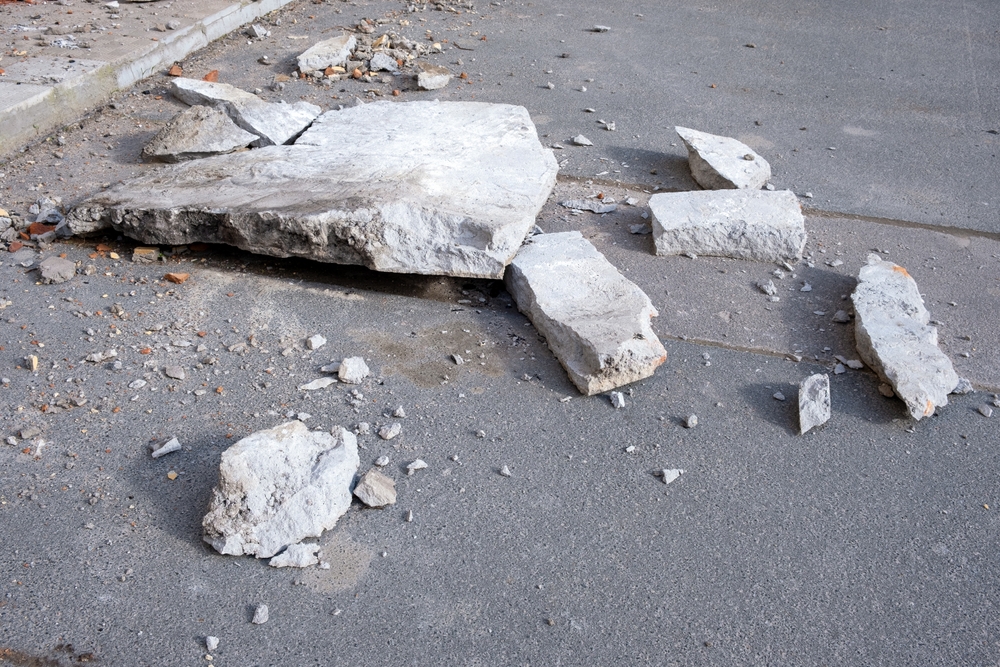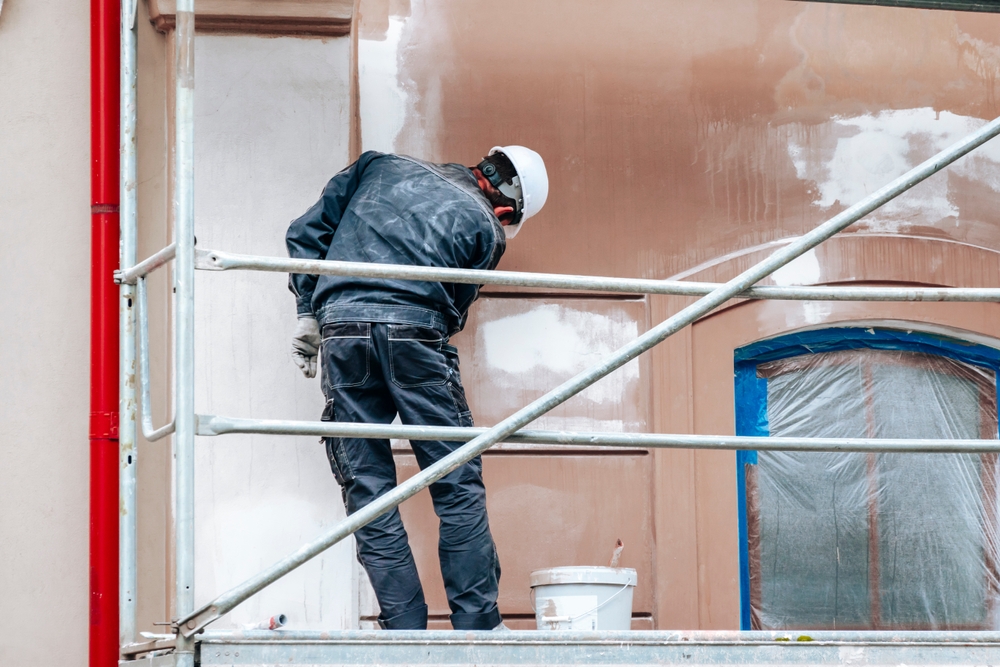May 22, 2024 - Benjamin Ehinger
Is Brushed Nickel the Same as Stainless Steel?
CALL NOW 844-762-8449
Is Brushed Nickel the Same as Stainless Steel? When selecting finishes for fixtures and hardware, it’s common to come across both brushed nickel and stainless steel options. While at a glance they may seem similar, there are distinct differences between the two in terms of composition, durability, and aesthetic appeal. Brushed nickel is known for its warm hue and satin-like finish that adds a classic touch to interiors. Stainless steel, on the other hand, is prized for its strength and resistance to corrosion and tarnishing, featuring a cooler, more modern appearance.
Choosing between brushed nickel and stainless steel involves more than just color preference; it requires consideration of the environment where the material will be used, the amount of use it will see, and the level of maintenance you are willing to undertake. Stainless steel’s resilience makes it a fit for high-moisture areas and settings demanding hygiene, such as kitchens and bathrooms. Meanwhile, brushed nickel’s subdued luster tends to hide fingerprints and water spots better than its stainless steel counterpart, making it a favorable choice for many homeowners despite the need for more frequent cleaning to maintain its appearance.
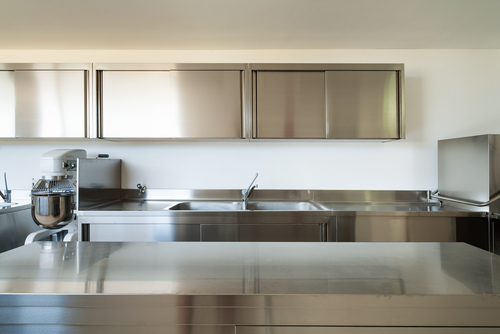 In terms of maintenance, both materials require regular cleaning to retain their appeal, but their upkeep varies. Brushed nickel tends to show fingerprints and water spots, while stainless steel is generally more resistant to wear and easier to maintain.
In terms of maintenance, both materials require regular cleaning to retain their appeal, but their upkeep varies. Brushed nickel tends to show fingerprints and water spots, while stainless steel is generally more resistant to wear and easier to maintain.
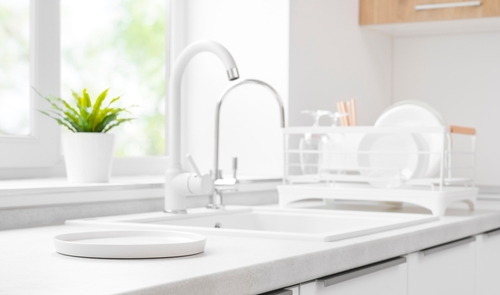 When selecting kitchen or bathroom fixtures, understanding how cost and value intersect is crucial for making a well-informed choice that aligns with your budget and design preferences.
When selecting kitchen or bathroom fixtures, understanding how cost and value intersect is crucial for making a well-informed choice that aligns with your budget and design preferences.
Key Takeaways
- Brushed nickel and stainless steel differ in color tone and textural finish.
- Stainless steel offers higher durability and resistance to corrosion.
- Brushed nickel requires more frequent maintenance to preserve its appearance.
Composition and Properties
When you’re distinguishing between brushed nickel and stainless steel, understanding their composition and properties is key. Each material is unique, with distinct elements that affect performance and aesthetics.Material Components
Brushed nickel is an alloy that primarily consists of nickel, with additions of copper, zinc, and sometimes iron. This combination provides a warm, golden hue that is a trademark of its appearance. In contrast, stainless steel is an alloy composed of iron and a minimum of 10.5% chromium. It often includes other elements like nickel and carbon. The addition of chromium is significant as it forms a passive layer of chromium oxide on the surface that prevents further corrosion, enhancing the material’s luster and shine.Corrosion Resistance
In matters of corrosion resistance, stainless steel stands out. The chromium content in stainless steel reacts with oxygen to form a protective layer, making it highly resistant to rust and discoloration. This ensures its suitability in environments where it may come into contact with moisture. On the other hand, brushed nickel can show water spots and may require more maintenance to keep its appearance, as it lacks the same self-healing properties that the chromium oxide layer provides in stainless steel.Durability Factors
Regarding durability, both materials offer strength and longevity, but in different ways. Stainless steel is generally considered more durable due to its resistance to corrosion and is less likely to be damaged by wear over time. Its composition makes it an ideal choice for high-use areas or where it may be exposed to harsh substances. Brushed nickel also boasts durability but requires more care to maintain its semi-glossy or matte finish. It can be susceptible to scratches if not cleaned with the appropriate materials. By comprehending the composition and properties of these materials, you can make an informed decision based on resistance, strength, and maintenance considerations.Aesthetic and Design Considerations
When exploring the aesthetics of brushed nickel versus stainless steel, you will want to consider their finish and texture, color and appearance, and overall design suitability. Each offers a distinct look and feel that can influence the style and ambiance of your space.Finish and Texture
The finish of brushed nickel is characterized by its matte surface, giving it a subdued look with a less reflective quality than its stainless steel counterpart. This texture makes it ideal for hiding water spots and fingerprints, which can be a practical benefit for frequent-use items like faucets and sinks. Stainless steel, on the other hand, typically presents a more shiny and mirror-like finish which can add a touch of sleekness to appliances and fixtures but may require more upkeep to maintain its sheen.Color and Appearance
In terms of color, brushed nickel tends to exhibit a warm golden-brown tint, which can introduce an earthy feel to your design scheme. This coloration is particularly appealing for creating a soft, inviting atmosphere and pairs well with natural materials. Stainless steel exhibits a cooler, often slightly blue hue, which aligns well with a modern or industrial aesthetic. It’s the choice for a crisp, clean look that aligns with other metallic elements, such as chrome hardware or light fixtures, in a contemporary setting.Design Suitability
Brushed nickel is a versatile choice that tends to blend harmoniously with both traditional and contemporary decors. Its matte finish makes it complementary to varied textures and materials within a space. Stainless steel, with its reflective and metallic qualities, fits seamlessly into a modern kitchen or bath, often chosen for its ability to match with a wide array of appliances and accentuate a high-tech environment. Both materials can be used for cabinet hardware and light fixtures but consider if your space leans more towards a softer or sharper design style when making your selection.Maintenance and Upkeep
 In terms of maintenance, both materials require regular cleaning to retain their appeal, but their upkeep varies. Brushed nickel tends to show fingerprints and water spots, while stainless steel is generally more resistant to wear and easier to maintain.
In terms of maintenance, both materials require regular cleaning to retain their appeal, but their upkeep varies. Brushed nickel tends to show fingerprints and water spots, while stainless steel is generally more resistant to wear and easier to maintain.
Cleaning Techniques
To clean brushed nickel finishes, you should avoid abrasives and instead opt for a mild, pH-balanced liquid soap mixed with water. Apply the solution using a soft cloth, wiping gently to prevent scratches. For stainless steel, vinegar diluted with water can be effective, especially for removing fingerprints and water spots. After cleaning, rinse with water and dry to prevent tarnish on nickel and to maintain the shine on stainless steel.Resistance to Wear
Stainless steel’s chromium content provides a corrosion-resistant surface that stands up well to everyday wear and tear, thus it is known to be more durable over time. Brushed nickel, while also resistant to tarnish, can be slightly more prone to damage from hard water or aggressive cleaning agents, so it’s essential to follow appropriate cleaning protocols to maintain its appearance.Lifespan and Longevity
Choosing materials that are long-lasting is important, and both brushed nickel and stainless steel can endure for years when properly cared for. The non-porous nature of stainless steel makes it exceptionally resistant to corrosion and ideal for environments with high moisture. Brushed nickel, on the other hand, requires a bit more attention to maintain its warm sheen, but with careful upkeep, it can also provide enduring aesthetic and functional value in your home.Cost and Value Analysis
 When selecting kitchen or bathroom fixtures, understanding how cost and value intersect is crucial for making a well-informed choice that aligns with your budget and design preferences.
When selecting kitchen or bathroom fixtures, understanding how cost and value intersect is crucial for making a well-informed choice that aligns with your budget and design preferences.
Pricing Factors
Brushed nickel fixtures tend to be on the pricier side when compared to stainless steel. This is often due to the manufacturing process and the finish itself, which can involve additional steps. The brand and manufacturer also play significant roles in determining the price. You may find that well-known brands charge more for their brushed nickel options due to their reputation for quality and durability.Quality and Grade
The grade of the material is a leading indicator of both quality and cost. Stainless steel is applauded for its remarkable durability and resistance to corrosion and tarnishing. On the other hand, the quality of brushed nickel finishes can vary, with higher-grade options offering better longevity but at an increased price.Budgetary Considerations
While your budget is a critical factor, it’s important to weigh affordable choices against long-term value. Stainless steel may present a more cost-effective option up front and can withstand the test of time, making it an affordable yet durable choice. Brushed nickel, although potentially more expensive, may add that desirable aesthetic you’re looking for and could be worth the investment if you prioritize design over cost savings.Frequently Asked Questions
When it comes to choosing finishes for your fixtures, you may wonder how brushed nickel stacks up against stainless steel. Here, we address common queries highlighting their differences and compatibility.Are brushed nickel finishes and stainless steel finishes the same for sinks?
No, they are not the same. Brushed nickel has a warmer, more muted tone, whereas stainless steel tends to have a cooler, more reflective surface. You can learn more about their differences in feel and appearance.Can I install a brushed nickel faucet on a stainless steel sink without a mismatch?
Yes, you can install a brushed nickel faucet on a stainless steel sink. The two finishes can complement each other well, although they are distinct in color and sheen.Does brushed nickel match stainless steel appliances in the kitchen?
Brushed nickel can match stainless steel appliances. While they do not match perfectly, their finishes are often close enough that they can be used together harmoniously in a kitchen setting.What are the differences between brushed nickel and stainless steel in bathroom fixtures?
The main differences between the two materials in bathroom fixtures lie in their durability and color tone. Stainless steel is known for its superior resistance to wear and corrosion, while brushed nickel provides a warmer hue.Is it advisable to mix brushed nickel with stainless steel elements in home decor?
Mixing the two elements in home decor is a matter of personal preference. These materials can coexist in the same space, offering varied textures and degrees of shine. They are often used together for a layered look in design.What are the color differences between brushed nickel and stainless steel?
The color difference between brushed nickel and stainless steel is that brushed nickel often has a warm, golden hue, whereas stainless steel offers a cooler tone with a faintly blue hue.RECENT BLOGS
Our Reviews
Glenda Lanier Prowell
1721758635
I have ordered an 11 yard dumpster to be delivered to my house.Lonier was extremely helpful and answered all my questions. The rate was very reasonable.
Cedric Smikle
1721660395
Amber was extremely professional and courteous. She answered all of my questions and even some that I didn’t know I needed to ask.
Cait Kaider
1721243051
I highly recommend Waste Removal USA for their responsiveness and how the staff work hard to provide exceptional customer service. They have done well by us and our clients. Thank you!
Easom Family
1721223306
Louiner Pierre-Louis Is awesome! Did a great job. Will definitely be using this same company for all my dumpster needs because of his awesome customer service! Thank you!!!
tabitha Vazquez
1720539988
Wonderful and fast customer service!
LATEST BLOGS
